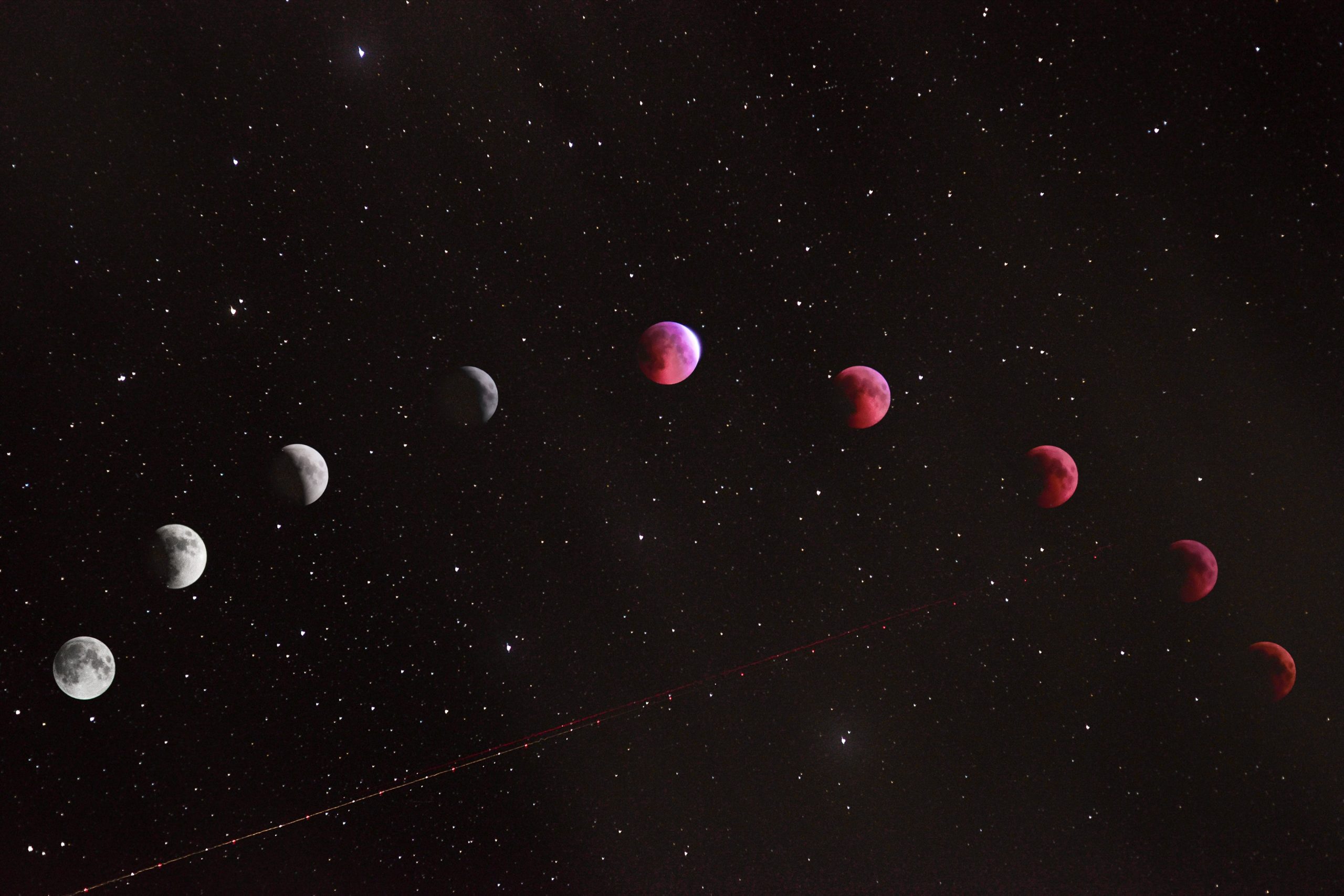Moon Myths from Around the World: Exploring Cultural Beliefs and Legends
The moon has captivated humans for centuries. Its mesmerizing glow and ever-changing shape have inspired countless myths, legends, and beliefs across cultures. From mystical deities to celestial creation stories, the moon holds a special place in our collective imagination. In this blog post, we will explore some fascinating moon myths from around the world, delving into the rich tapestry of human culture and the diverse ways in which we have tried to make sense of this celestial body.
The Moon as a Deity
In various mythologies, the moon is personified as a deity, often associated with femininity, fertility, and the ebb and flow of tides. In Greek mythology, for example, the moon goddess Artemis is revered as the protector of young girls and the goddess of childbirth. In Hindu mythology, the moon god Chandra is considered one of the nine celestial gods, representing peace and tranquility. These lunar deities often have fascinating stories and legends surrounding them, reflecting the cultural values and beliefs of the people who worshiped them.
Creation Stories
Many cultures have creation stories that involve the moon. These myths often explain how the moon came to exist and its purpose in the world. For the Maori people of New Zealand, for example, the moon is believed to be a celestial fisherman named Marama. According to their creation story, Marama fishes for the souls of the departed, guiding them safely to the spirit world.
In Norse mythology, the moon, known as Mani, is believed to be the brother of the sun goddess Sol. They are said to be pursued endlessly by two wolves, Skoll and Hati, who seek to devour them and bring about the end of the world during Ragnarok, the Norse apocalypse.
Anthropomorphic Moon
Some cultures envision the moon as a human or an anthropomorphic being with a face. In Chinese folklore, the “Moon Rabbit” or “Jade Rabbit” is a popular figure associated with the Mid-Autumn Festival. According to the legend, a rabbit resides on the moon and pounds medicine for the gods, symbolizing immortality and good fortune.
Another anthropomorphic representation of the moon can be found in the story of the Aztec goddess Coyolxauhqui. In Aztec mythology, Coyolxauhqui is the goddess of the moon, depicted as a young woman with a crescent moon on her forehead. She is believed to have been dismembered by her brother, the sun god Huitzilopochtli, creating the stars and moon as we know them today.
Mythical Creatures and Moon Influence
The moon’s influence on earthly beings and mythical creatures is a common theme in moon myths. In ancient Greek mythology, the moon was believed to be the home of the goddess Selene, who drove a chariot across the sky at night, carrying the moon with her. In many Native American tribes, the moon is associated with the transformation and shape-shifting abilities of various animal spirits.
Certain creatures, such as werewolves, are also associated with the moon. In European folklore, it was believed that a person could transform into a werewolf under the full moon’s influence. The connection between the moon and madness is also prevalent in many cultural myths, with lunar cycles often linked to changes in human behavior.
Lunar Festivals
The moon’s importance is celebrated worldwide through various lunar festivals. One such example is the Chinese Mid-Autumn Festival, also known as the Moon Festival. This traditional celebration takes place on the 15th day of the eighth lunar month, when the moon is believed to be at its fullest and brightest. Families come together to admire the moon, eat mooncakes, and light lanterns, symbolizing unity and togetherness.
In India, the festival of Karva Chauth is dedicated to the worship of the moon. Married Hindu women fast from sunrise to moonrise, praying for the well-being and longevity of their husbands. They break their fast only after sighting the moon in the evening sky.
Lunar Superstitions
Alongside the fascinating myths and celebrations, the moon has also inspired superstitions and beliefs. The idea that a full moon brings bad luck or causes strange behavior, known as “lunacy,” has persisted for centuries. This notion is evidenced in the word “lunatic,” which derives from the Latin word for moon, “luna.”
Additionally, some cultures associate specific events or characteristics with different phases of the moon. For example, in astrology, the waxing moon is believed to be an auspicious time for growth and new beginnings, while the waning moon is associated with release and letting go.
The Moon as a Symbol
Throughout history, the moon has been used as a powerful symbol in art, literature, and religion. Its inherent mystery and beauty have inspired countless poets, writers, and artists to incorporate it into their works.
In Vincent van Gogh’s famous painting “Starry Night,” the moon is a prominent feature, shining brightly alongside swirling stars. This iconic artwork captures the moon’s ethereal radiance and its ability to evoke a sense of wonder and tranquility.
Similarly, in literature, the moon often serves as a symbol of love, beauty, and longing. Writers like William Shakespeare frequently used moon imagery to convey emotions and create a dreamlike atmosphere in their plays and sonnets.
Conclusion
As we have explored in this blog post, moon myths from around the world are a testament to the human imagination and our eternal fascination with the unknown. From lunar deities to creation stories, anthropomorphic representations to mystical creatures, the moon has shaped our cultural narratives and beliefs in profound ways.
Whether we celebrate lunar festivals, fear the moon’s influence, or simply find solace in its luminous presence, the moon continues to hold a special place in our hearts and minds. It serves as a reminder of our connection to the cosmos and the vastness of the universe, sparking our curiosity and inspiring us to explore the mysteries that lie beyond our earthly boundaries.
Table of Contents
